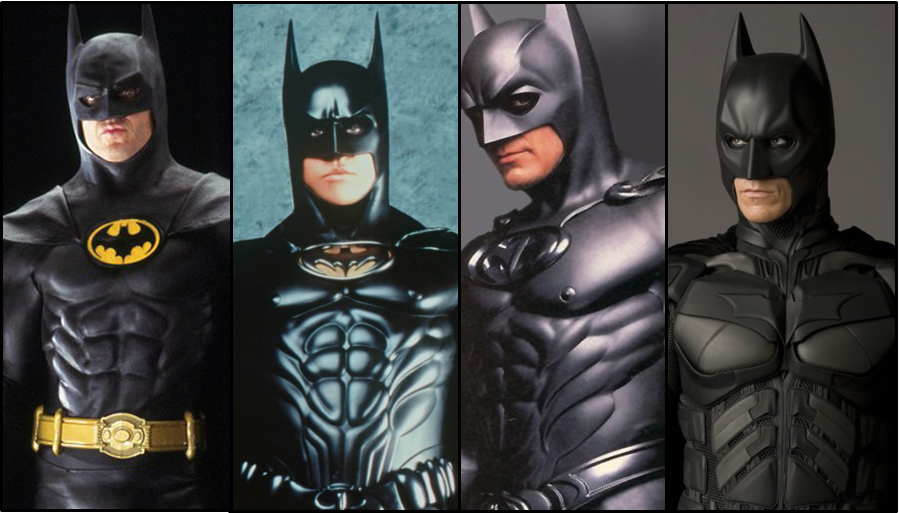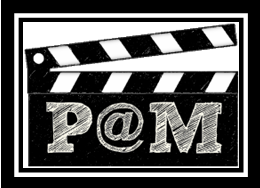The film begins with the order of the phoenix attempting to remove Harry from Privet Drive to a safe house, and features the wedding of Fleur and Bill Weasley. The remainder of the film recounts the story of Harry Ron and Hermione looking for Horcruxes, after realizing the locket they found in the previous film is a fake, they look for the real one, and upon finding it, they search for a way to destroy it, the film then shows their destruction of the locket and their search for the others, in addition to Harry finding out more about Dumbledore thanks in part to Rita Skeeter's tell all exposé.
The problem with splitting the final book into two films, is that while it pays off in the next film, creating a climax that is thrilling and frenetic, it leaves this film a little redundant, and while filling all the action into a single film would have been difficult and would have resulting in the omission of many important details, it leaves this film without much of a climax, while the skirmish at Malfoy Manor is used as the ending of the film, it fails to provide a satisfying conclusion, and is highly unsatisfactory.
Deathly Hallows was written as one novel, and there is really no suitable break point in the story without ruining the balance of the films, the final film of the series is really full with action and yet this film feels a little empty and unnecessary. The novel as it was planned by Rowling starts of slowly and builds momentum as it reaches a zenith with a satisfying climax, this film is only successful if viewed as the first part of a two part film, much in the same way as Kill Bill is, as otherwise, it is a little boring as a stand alone film. Deathly Hallows Part 1 is by far the least satisfying of the films, however it is saved somewhat by it's sequel. Rating: C+
Harry Potter is a fantastic and wonderfully complete adaptation of one of the most beloved literary series of british fiction, and so it only seems fitting to end this series of eight posts with a quite from the sorceress herself:
The stories we love best do live in us forever. So, whether you come back by page or by the big screen, Hogwarts will always be there to welcome you home.- J.K. Rowling





















































